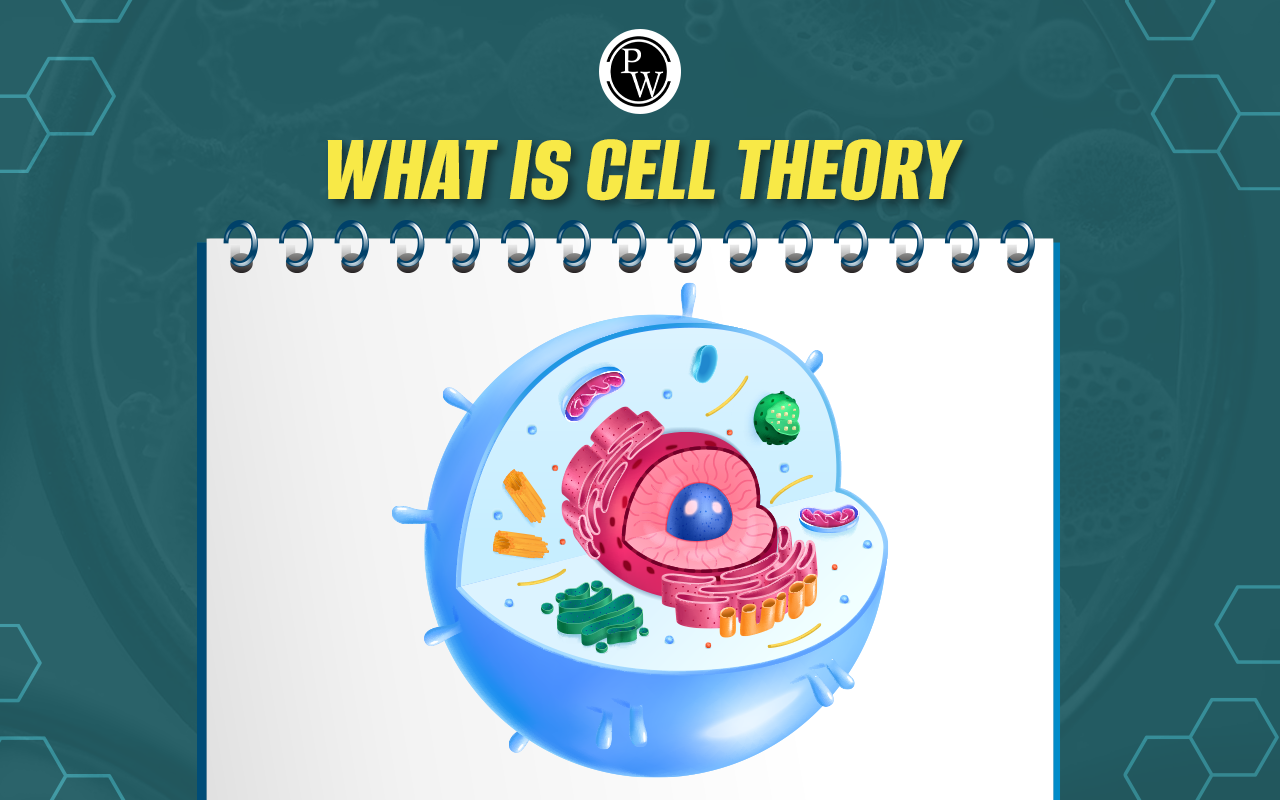
Difference Between Vaccination And Immunization: Vaccination is the administration of vaccines via oral or injectable methods, and it plays an essential role in the development and efficacy of the immune system in combating diseases. Conversely, immunization is a comprehensive process that strengthens an individual's immune system against infectious agents, including administering vaccines and developing immunity to specific diseases.
As part of this process, the body produces an immune response. If a person who has been immunized contracts the disease in the future, their strong immune system helps prevent the onset of severe health consequences. The following article provides a detailed explanation of the fundamental difference between vaccination and immunization.| NEET Biology Syllabus | NEET Biology Diagrams |
| NEET Biology MCQ | NEET Biology Chapter wise Weightage |
| NEET Biology Notes | NEET Previous Year Question papers |
Difference Between Vaccination And Immunization Overview
Vaccination has received much attention recently due to its efficacy in preventing disease. Nevertheless, "immunization" and "vaccination" are frequently used interchangeably, which can lead to confusion. It is essential to explain the difference between vaccination and immunization. Vaccines activate the immune system artificially to protect against diseases. Some vaccines have small doses of parts of bacteria, some weaken bacteria, and others have modified toxins. This process introduces an immunogen to stimulate the immune system, known as Immunization. Immunization is the process after vaccination, making someone immune to fight diseases. Many think a vaccine shot automatically makes them immune, but everyone's immune system reacts differently.
Difference Between Vaccination And Immunization
In medicine, we often use the terms "immunization" and "vaccination" interchangeably, especially in disease prevention. It is important to note, however, that the meanings of these words differ slightly. Understanding these distinctions is essential for a thorough understanding of the subject. The table below aims to clarify the key difference between vaccination and immunization within the medical field.
| Difference Between Vaccination And Immunization | ||
|---|---|---|
| Parameter | Immunization | Vaccination |
| Definition | Refers to attaining immunity against a specific disease through vaccination or other means. | Refers to administering a vaccine to produce immunity against a specific disease. |
| Scope | A broader term encompassing all methods of acquiring immunity. | Specific method of obtaining exemption through administering a vaccine. |
| Mechanism of Action | Works by strengthening the body's immune system to produce antibodies against a pathogen, which protects against future infections. | Works by introducing a small, harmless portion of a pathogen into the body, which triggers the immune system to produce antibodies against the pathogen. |
| Purpose | Aims to create immunity against various diseases, including those for which vaccines are unavailable. | Aimed at protecting specific conditions for which vaccines have been developed. |
| Timing | It can occur anytime, including after exposure to a pathogen. | Typically given before exposure to a pathogen to prevent infection from occurring. |
| Duration | It can provide lifelong protection against some diseases, while others may requires booster shots to maintain immunity. | Typically includes protection for a limited period, after which booster shots may be necessary. |
Vaccination
Vaccines strengthen our immune system against various diseases. They contain substances that can weaken or eliminate bacteria and toxins from the body, leading to better immune response and long-term protection. Vaccination has significantly reduced ailments like smallpox, polio, and tetanus worldwide, empowering people to live healthier, longer lives. Various categories of vaccines address distinct mechanisms of diseases. Attenuated vaccines, also known as weakening vaccines, augment the body's capacity to combat infections by introducing a live virus. These vaccines are effective against smallpox, chickenpox, and yellow fever. Conversely, inactivation vaccines utilize chemical or pathogenic methods to cease virus reproduction, demanding less from the immune system. Infectious diseases such as poliomyelitis, hepatitis A, and rabies are effectively managed and controlled using inactivated vaccines. Subunit and conjugate vaccines target specific viral components, such as surface proteins, providing targeted protection against diseases like human papillomavirus (HPV), hepatitis B, meningococcal disease, and pertussis. These advances in vaccination strategies help to improve the health and well-being of people all over the world.
Immunization
WHO-approved immunization is a lifesaver, preventing millions of deaths annually. Vaccines team up with the body's defenses to cut the risk of diseases like tetanus, flu, measles, and diphtheria for over 2-3 billion people. Full immunization usually takes two weeks, but some vaccines need multiple doses for lasting protection. Protection durations vary; tetanus lasts 30 years, whooping cough about five. Yearly flu shots are crucial due to changing strains. Vaccine responses differ based on individuals, and efficacy rates aren't universal. For instance, the tetanus, polio, Hib, rubella, and mumps vaccines shield 95% of children, while the whooping cough vaccine covers 85% with three doses. There are two types of immunization: active and passive. Active immunization stimulates the body to produce antibodies, providing long-term protection. Passive immunization provides immediate protection by introducing antibodies from an external source.
Difference Between Vaccination And Immunization FAQs
What is the difference between vaccination and immunization?
How is immunization defined?
What are the two types of immunization?
Is typhoid vaccine live?
Who pioneered vaccination?
What is the difference between vaccination and immunization in class 12?










